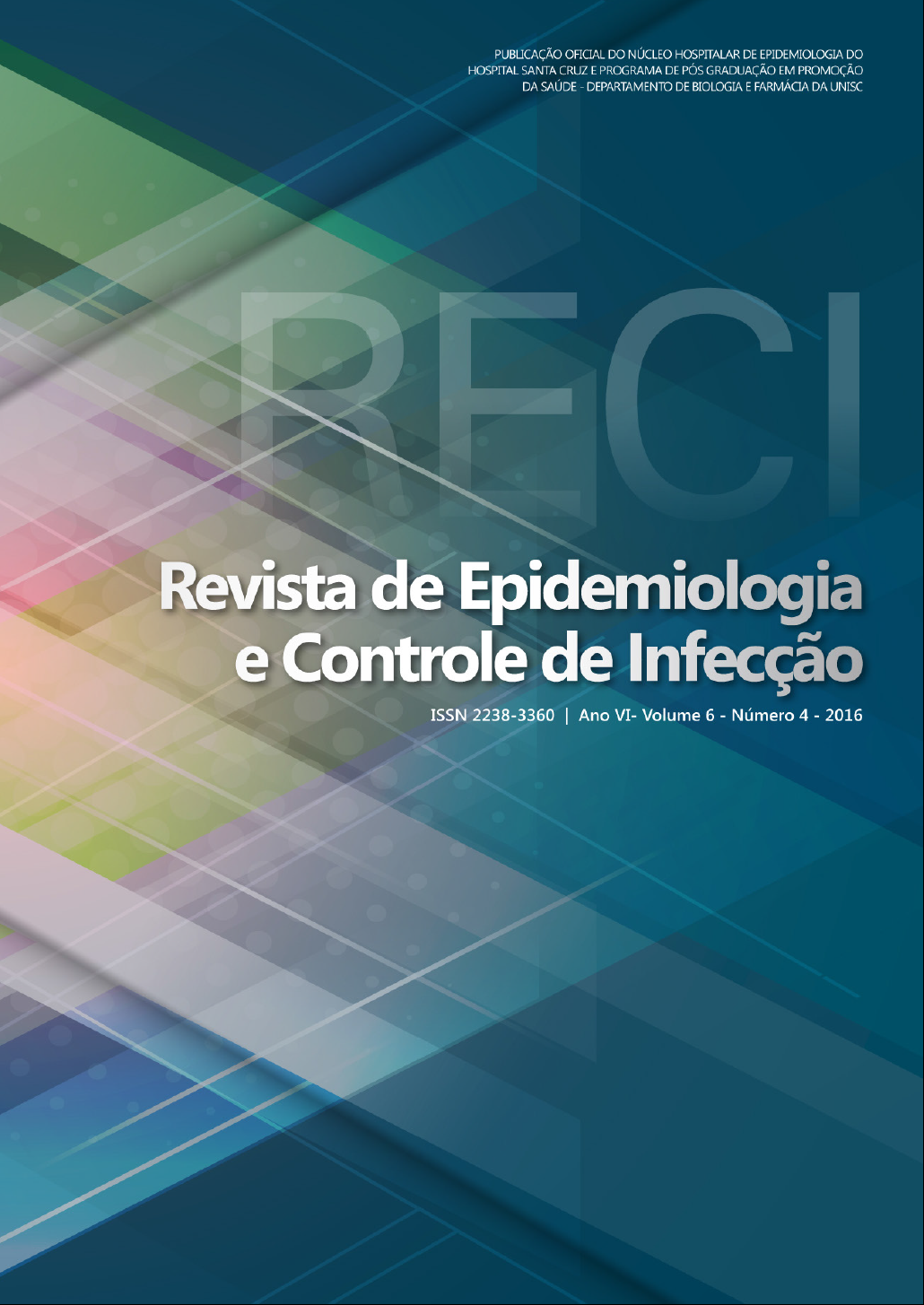Drugs use by truck drivers and risk behavior on road
DOI:
https://doi.org/10.17058/reci.v6i4.7968Abstract
Justification and Objective: Verify the drugs use by truck drivers and the risk exposure and lifestyle on roads. Since the drugs are increasingly present among truck drivers, and since they are active in transit they need to realize that as a result of bad habits its mandatory not put at risk their health condition and prevent social complications. Method: This is a quantitative, descriptive and exploratory study with 31 drivers of a dairy cooperative. It was applied a questionnaire with 34 questions related to risk exposure and traffic lifestyle and the ASSIST Test. Statistical analyzes were performed by Epi Info®. The significance level used was p <0.05 and 95% for all tests Chi-square. Results: There are evidences that 75% of the participants were smokers, 64% use alcohol and 25.8% used drugs at sometime. Stimulants is the most consumed substance (87.5%), followed by cocaine (75%) and crack (62.5%). From those, 55.6% use some association of drugs and 50% consume alcohol on roads and yet 45% have driven after consuming alcohol. The results also show that 61.5% have had STDs, and a portion of that does not use condom. Final Consideration: noted that the combined use of drugs exposes drivers at risk of accidents , problems with laws , spread of diseases , leading to personal and social degradation with irreversible consequences that burden the lives of those involved, and the public coffers , vulnerable state possible drug dependence.Downloads
Downloads
Published
How to Cite
Issue
Section
License
The author must state that the paper is original (has not been published previously), not infringing any copyright or other ownership right involving third parties. Once the paper is submitted, the Journal reserves the right to make normative changes, such as spelling and grammar, in order to maintain the language standard, but respecting the author’s style. The published papers become ownership of RECI, considering that all the opinions expressed by the authors are their responsibility. Because we are an open access journal, we allow free use of articles in educational and scientific applications provided the source is cited under the Creative Commons CC-BY license.


